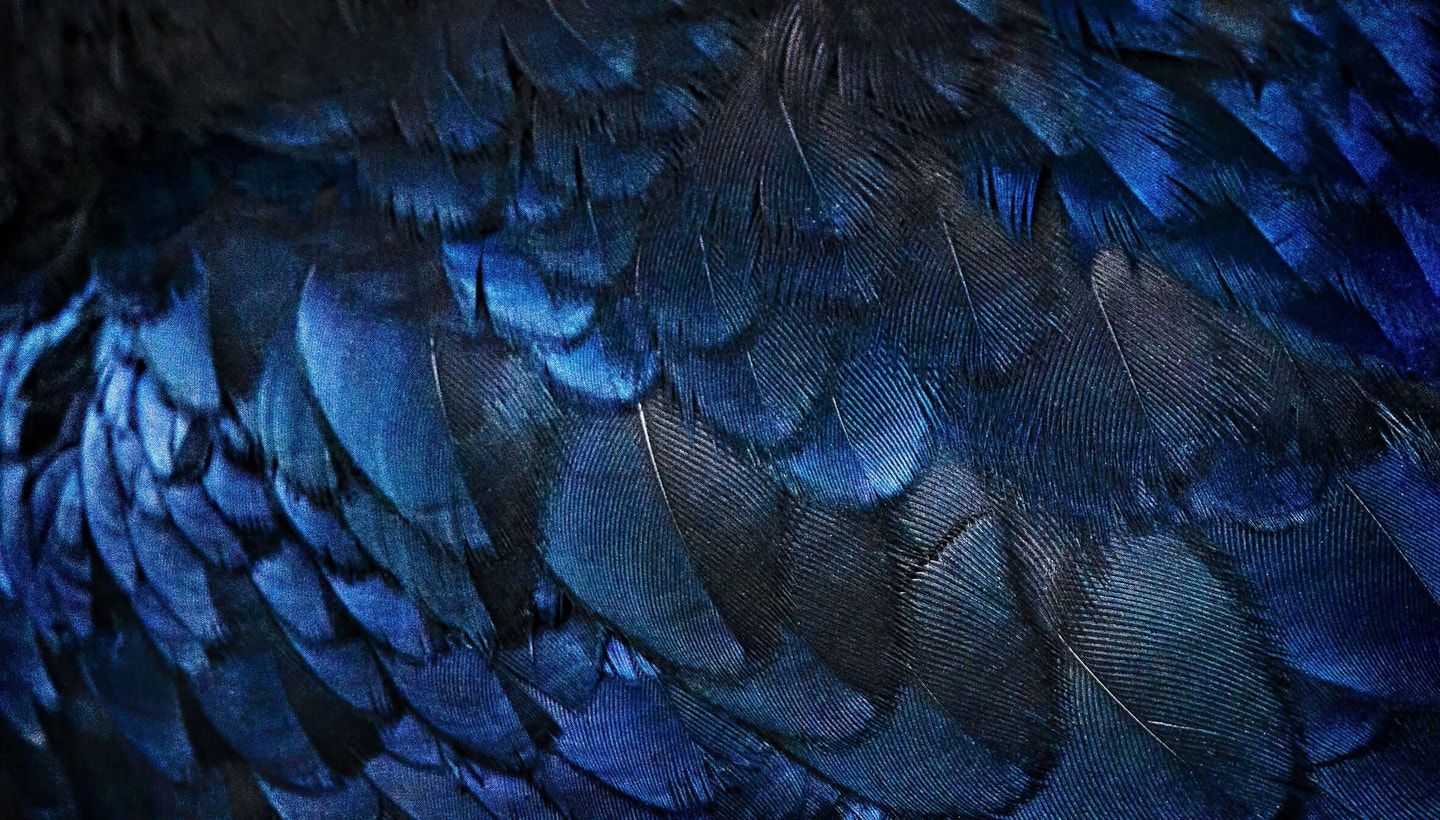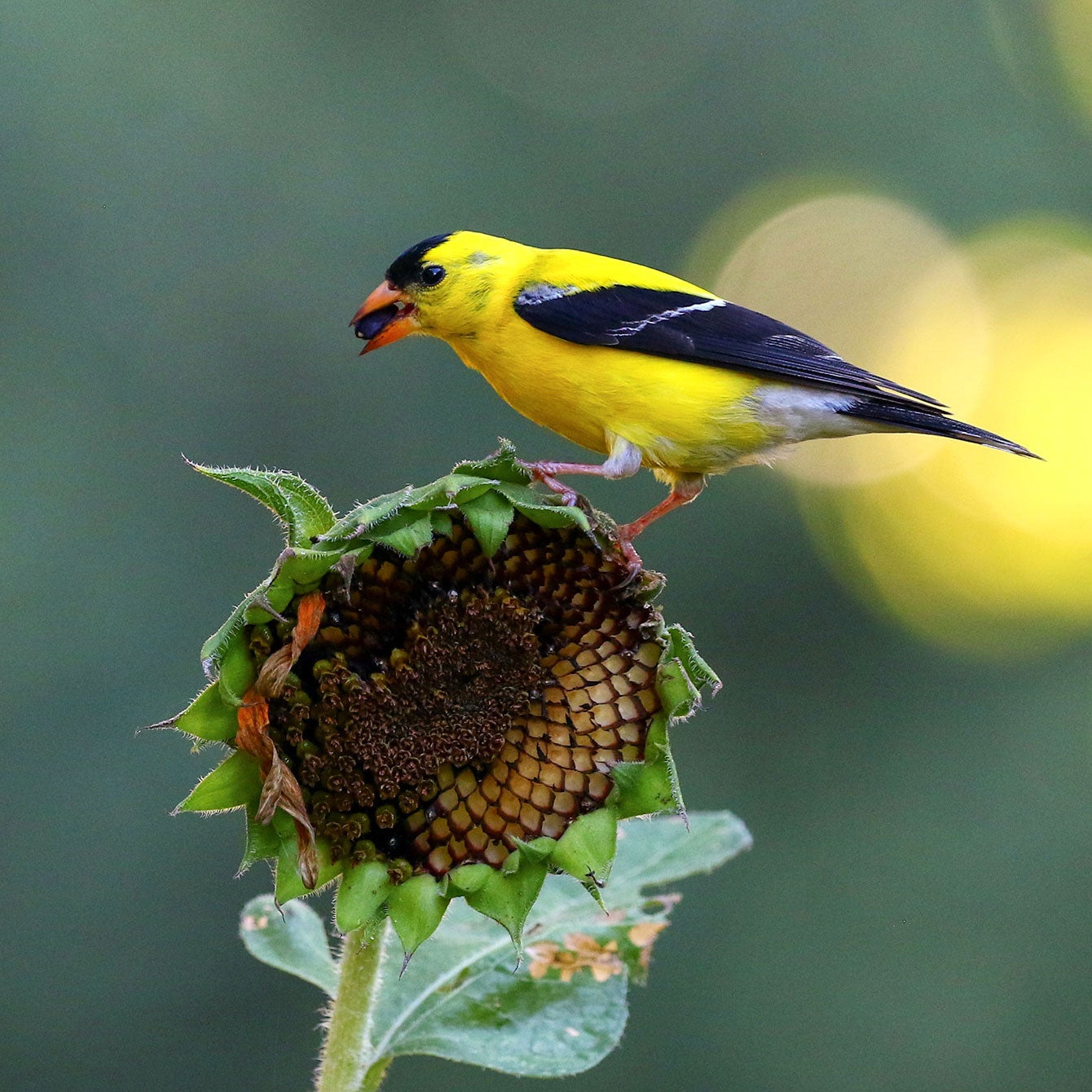
Ruby-throated Hummingbird. Photo: Catherine Mullhaupt/Audubon Photography Awards

Conservation action through birds
Birds are telling us—in their behavior, in their dwindling numbers, in their silence—that we must take action now, and that we must take action where birds need us most, from the Arctic to Chile and everywhere in between.
It’s time to rise to the occasion.
We follow the science
Our science shows where birds go and what they need when they get there. We're prepared to heed that call.
We pair advocacy and diplomacy to influence decision makers
Audubon pairs diplomacy with advocacy to achieve conservation outcomes.
We inspire an expansive Audubon flock
Our chapters and centers are hubs that connect individuals and communities to Audubon and to action.
And, of course, we have birds
Birds delight and connect people across cultural, generational, and geographic boundaries. They inspire us to be better. And for 120 years, birds have been the heart and soul of Audubon.
Birds Need You Now
Generous people like you power our work to protect birds and the places they need.
